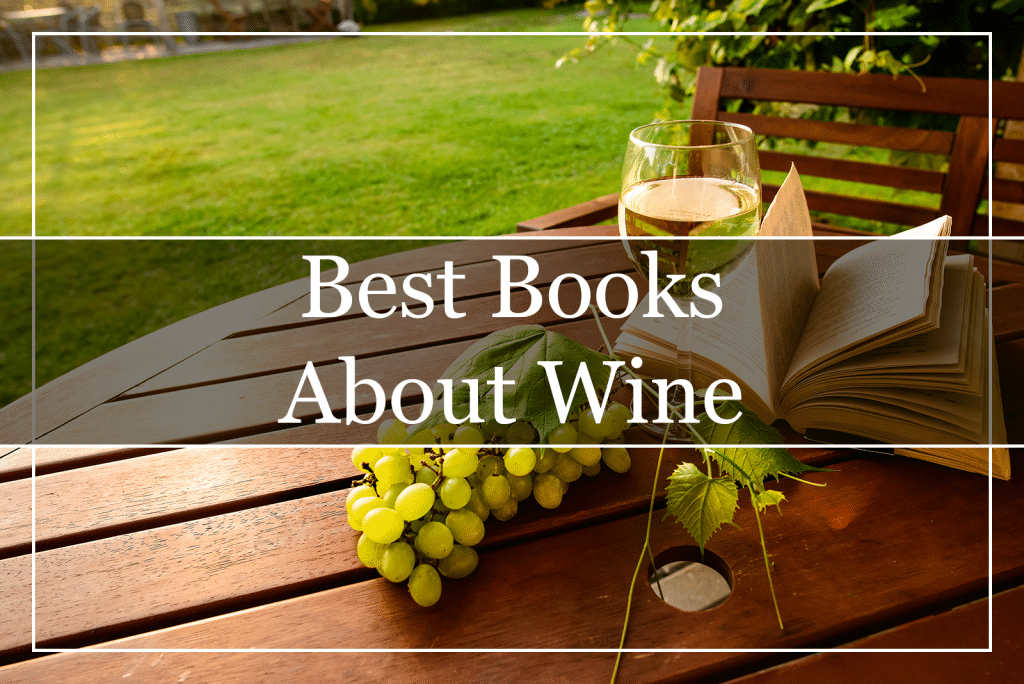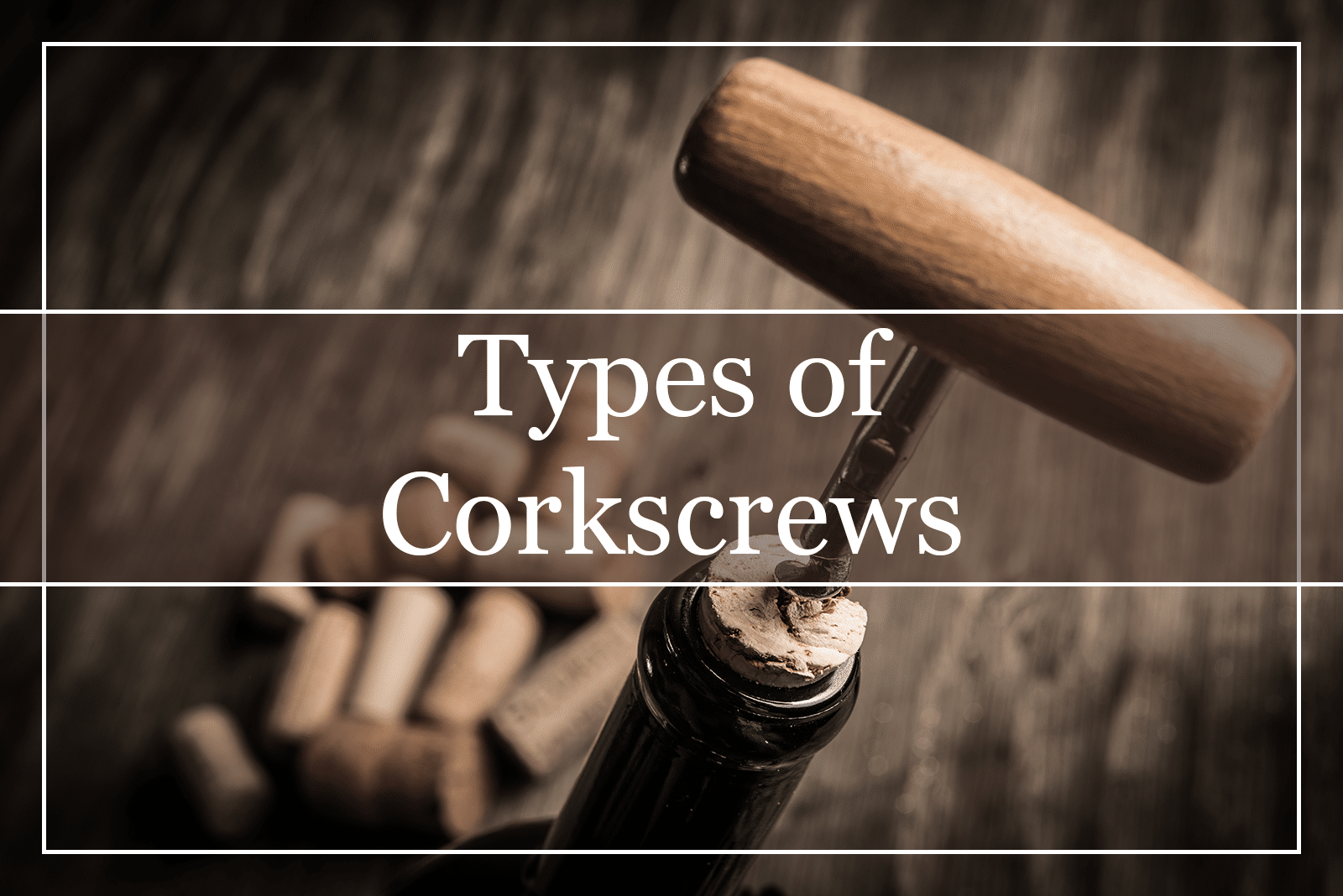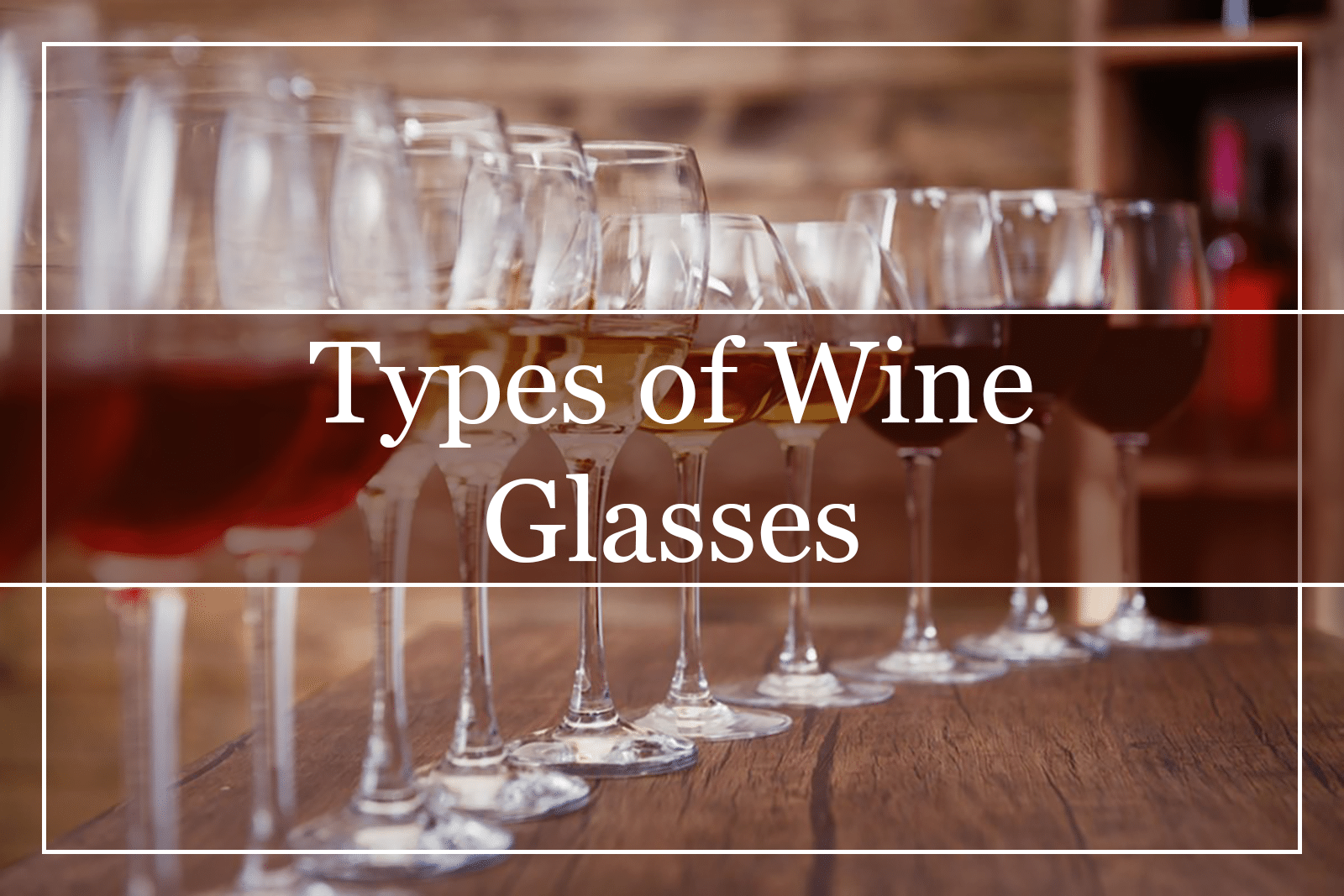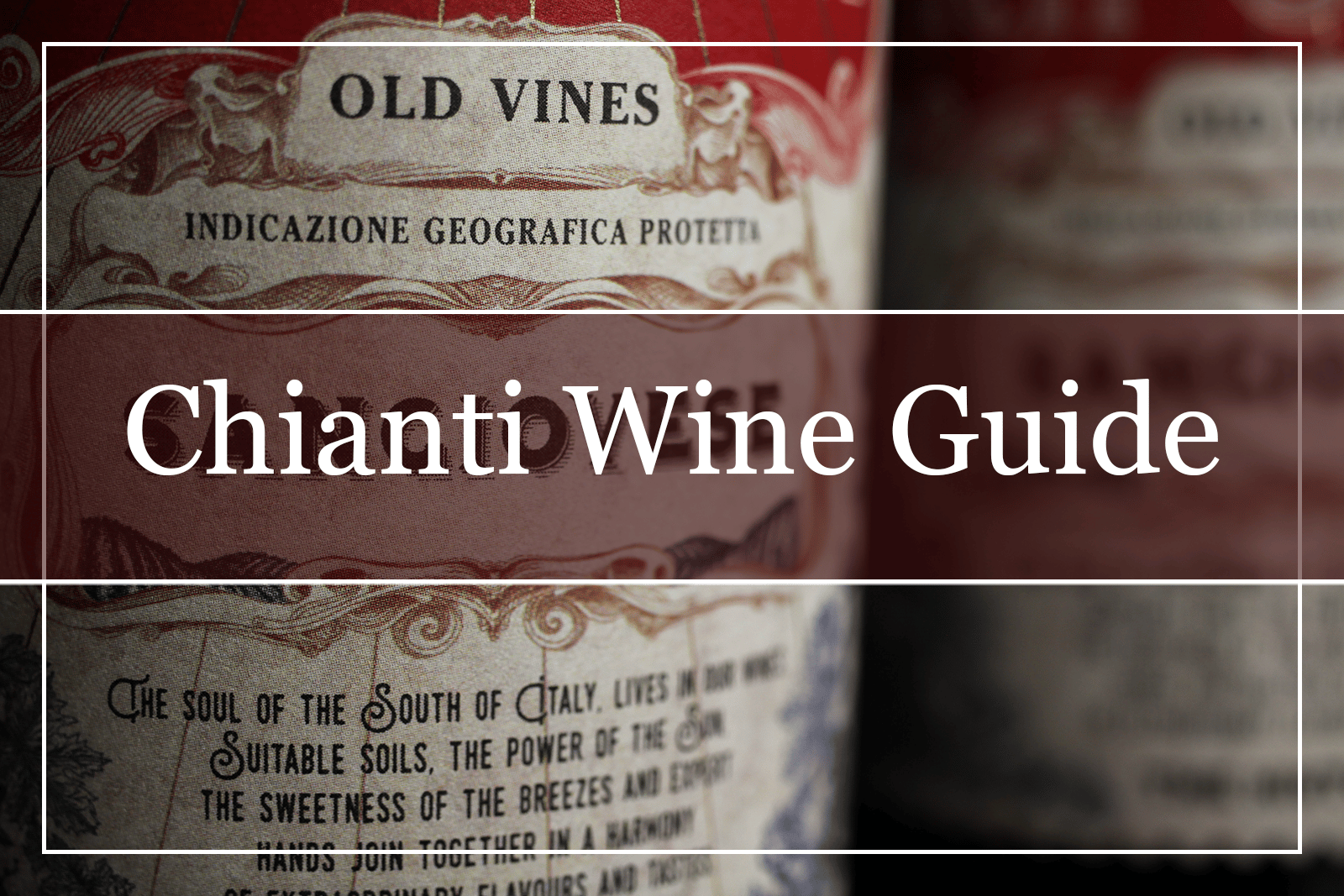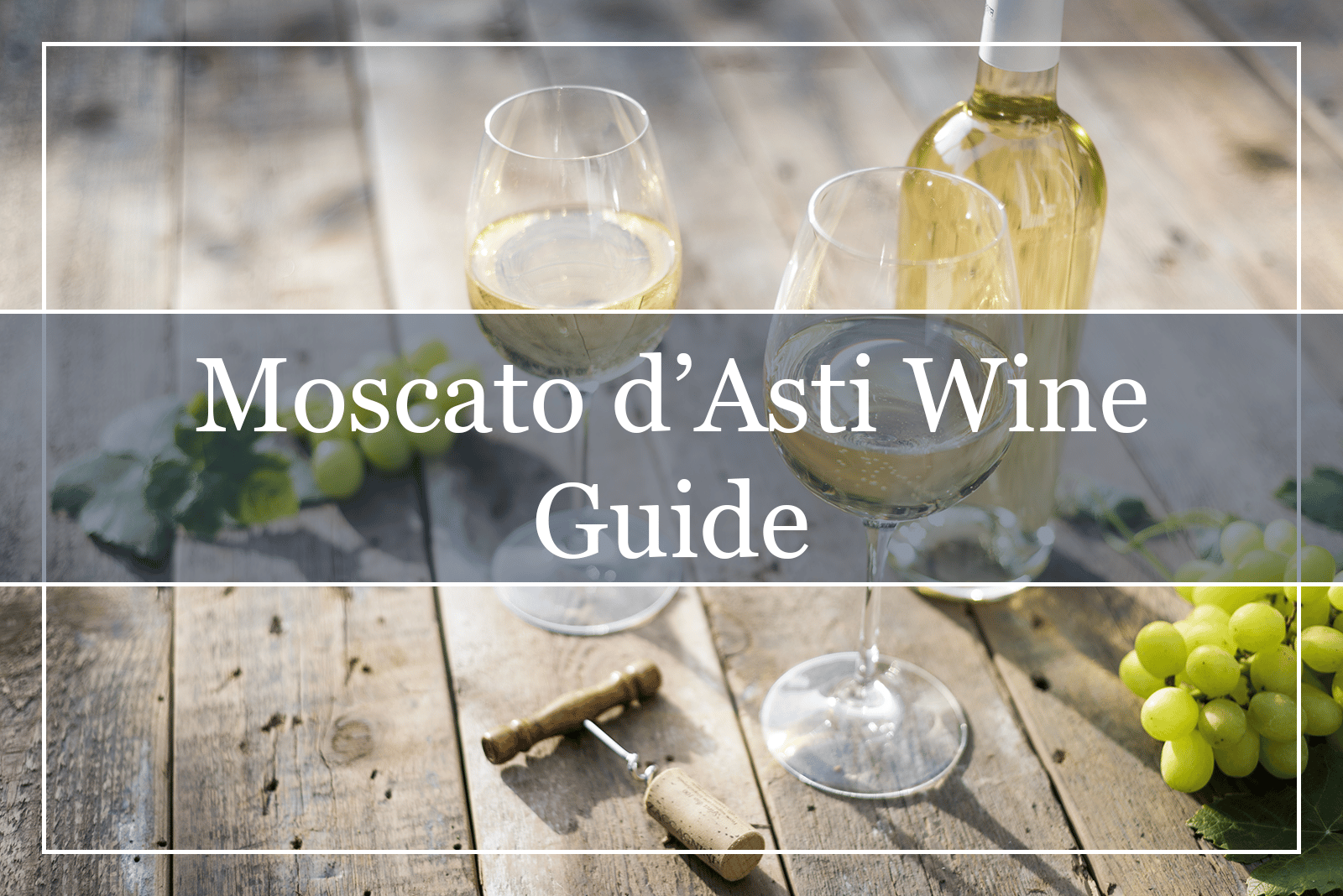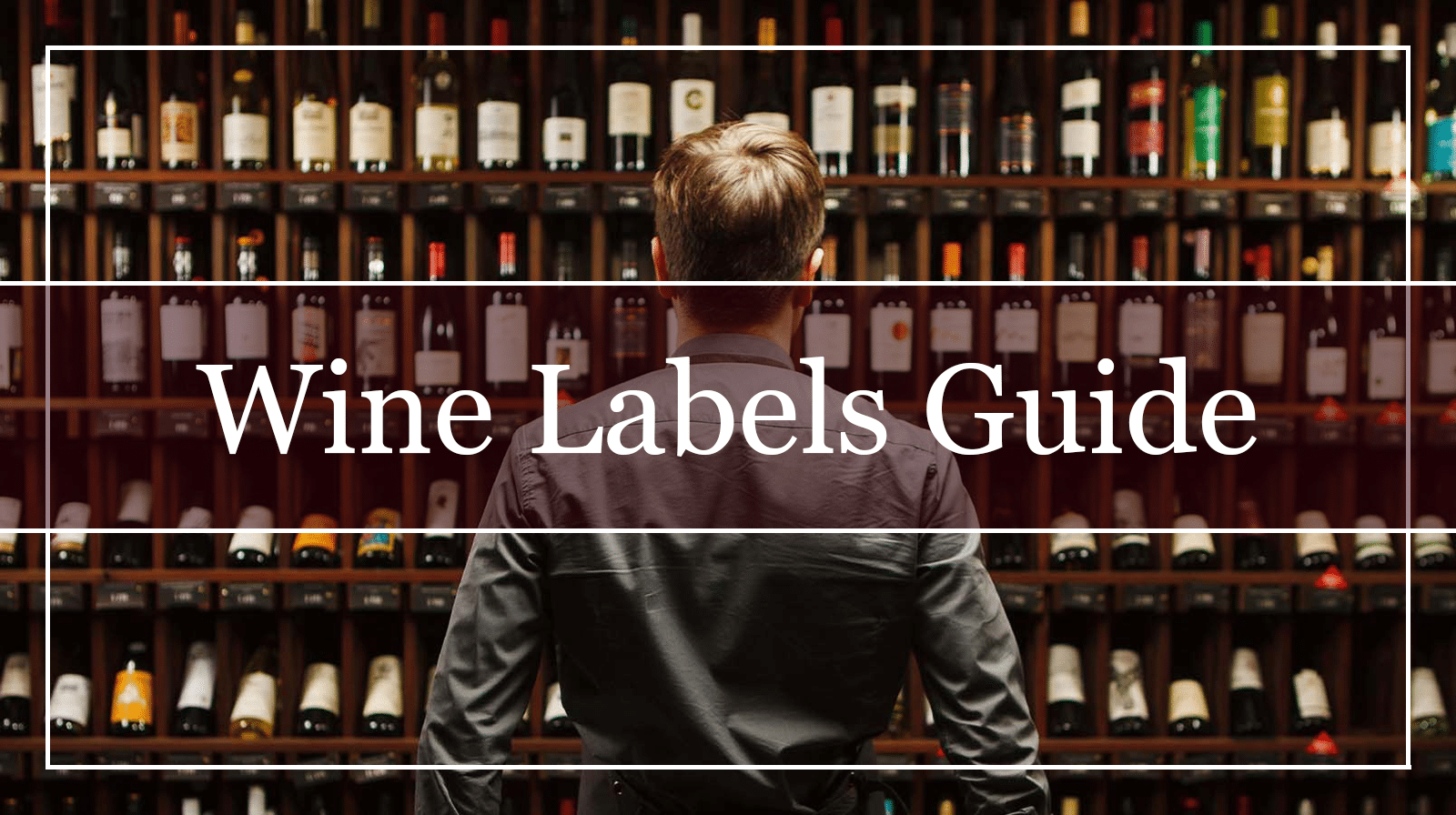Over the years, hundreds and thousands of books have been published on the subject of wines. So it’s to be expected that sorting through them all to pick the best ones, will be confusing and difficult. Especially when you consider the array of subjects and diverse aspects of winemaking these books have covered!
There are wine books for traveling, cooking, tasting, and so much more.
However, we’ve curated a comprehensive guide on the 10 best wine books. Whether you’re a beginner or an expert, there’s a book on wine for you!
The World Atlas of Wine

Written by Jancis Robinson and Hugh Johnson, The World Atlas of Wine has sold over 4 million copies and has been published in over 13 languages. Both these world-famous authors have blended their extensive knowledge of wine to curate this comprehensive guide. The latest updated edition of this book now has 48 additional pages, 20 more maps, 17 extra color illustrations along with full-page pictures and double-page spreads in the atlas section.
Extended New and Old World Coverage
The World Atlas of Wine has now extended its New World coverage, especially for countries like South America and Australia. Moreover, for the first time, some New World regions have dedicated entries in this book. These include:
Oakville
Rutherford
Limestone Coast (Australia)
Stag’s Leap (California)
Mendoza in Argentina
Constantia in South Africa
Martinborough and Central Otago in New Zealand
Some Old World regions have also been included like Toro in Spain, Georgia, and Peloponnese (Greece). The book is extremely detailed and is a must-have on the bookshelf of every sommelier, vineyard owner, or wine lover.
Wine For Normal People
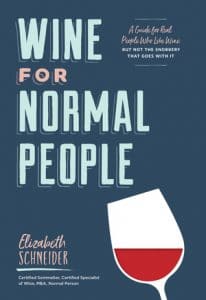
Creator and host of the famous podcast “Wine For Normal People,” Elizabeth Schneider’s wit and quirkiness is amply reflected in her book as well. It covers a vast variety of topics including winemaking jargon, how the different varieties of grapes are grown, and how to taste the wine. Schneider has included Old World and New World sections that throw more light on the topic.
What To Expect From the Book
This 340-page book is divided into eight chapters, all addressing various aspects of wine such as tasting sheets, travel tips, and ideal serving temperatures. The book also includes a lot of anecdotes that make it an enjoyable read. Schneider has even included FAQs in multiple sections of the book to address any queries you may have while reading.
The inclusion of maps, charts, and lists combined with the author’s unpretentious language and deep understanding of the topic make this a very engaging read. Whether you’re a millennial looking to begin your journey into the expansive world of wine or an experienced wine aficionado, this riveting book is a must-have.
The Oxford Companion to Wine

The Oxford Companion to Wine meticulously combines opinions with well-researched facts. It provides almost 4,000 entries on every kind of topic relating to wine. For example information on grape owners, varieties, regions, wine tasters, connoisseurs, enology, and the history of wine.
The book traces the production and consumption of wine from medieval times to the present world. The Companion is an amazing source for gaining insights into this popular beverage.
A Variety of Wine-Related Topics
Often lauded as the Holy Grail of wine books, The Oxford Companion to Wine is exhaustively updated, with its latest version presenting more than 400 new wine-related topics. Whatever wine-related query you can think of, the Companion has it covered. For example, the book talks about the politics of wine, globalization, co-fermentation, and viticulture. This book has gone through a lot of revisions to ensure accuracy.
Illustrated with statistics, maps of major wine regions, diagrams, charts, and mesmerizing photography, the Companion is a unique book unlike any other. If you’re looking to broaden your understanding of wine, then this book can undoubtedly become your companion.
Wine Folly: Magnum Edition

This book is a visual masterpiece primarily because of its easy-to-understand graphics; one of the reasons why it became an overnight sensation. The book disseminates complex content on wine while using easy infographics, making it one of the best wine books for beginners. If you’re a budding oenophile, then you must have a copy of Wine Folly: Magnum Edition.
For Both Beginners and Experts
Wine Folly is designed in a way that suits the needs of beginners and connoisseurs alike. It includes more than 100 varieties of grapes, each of which are coded by style, making them easy to remember and identify. Moreover, the book is filled with maps on top wine regions and newer regions like Hungary and Greece.
Additionally, Wine Folly covers niche topics such as wine labeling for several countries such as Italy, Austria, Spain, Germany, and France. And to help you pair wine with foods, Beard has especially included a wine-pairing section. With these food pairings, the author also explains what acid in the wine means and why tannins are important so that you can taste wine like a professional.
The Wine Bible

However, if your thirst for wine knowledge isn’t quenched with this book, don’t worry. MacNeil even includes her recommendations for further reading. MacNeil’s The Wine Bible is based primarily on her first-hand experiences with wine and includes vivid imagery that will stay with you long after you’ve put the book down.
What You’ll Learn From the Book
This book will take you on an adventure through popular and major wine-making countries. You’ll learn the history of wine-making and important grape-growing regions. It also lists popular grapes, which grow in a particular region, towards the end of each chapter. Additionally, MacNeil gives you a list of the best wine producers of a region and travel tips, in case you want to make a trip to those wineries.
The book covers wine food pairings extensively as well and explains different characteristics to look out for in wines such as acidity, tannins, and sweetness. The Wine Bible is by far one of the most comprehensive wine books you can find.
Empire of Vines: Wine Culture in America
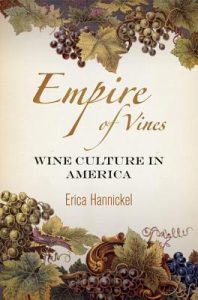
The book explains how grape-growing found its way from New York to the Midwest, finally finding prominence in California. If you’re hoping for an extremely detailed progression of the development of winemaking in America, then you might be a little disappointed. While the author does describe a variety of American wines, her primary focus remains on de-mystification and viticulture.
Demystifying America’s History with Wine
Erica Hannickel shows us how expansionism, imperialism, and grape cultivation are intertwined. Her main arguments concern the fact that grape cultivation in America contributed to the country’s nationalism. And that grape growing wasn’t just a physical practice but an ideology and dissemination of “national power.”
Cork Dork
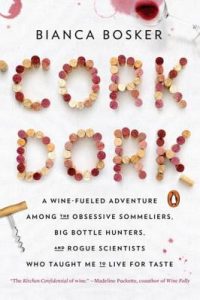
The book covers a variety of topics like how to serve, decant, and taste wine. But she makes all these concepts and theories relatable with quirky and funny anecdotes and metaphors. Bosker also talks about restaurant economics and how sommeliers are a restaurant’s secret weapon, capable of bringing in those extra dollars at the end of a service.
A Deeply Personal Story
One of the primary reasons for Cork Dork being such a fascinating read is how personal the story is. Bosker bases her entire story on what she went through to learn about wine. This is what makes the book an extremely interesting and fun read, which is informative too. She takes readers through her year-and-a-half-long journey that primarily took place in New York City. Involving restaurants, superior tasting groups, and a neuroscientist’s fMRI equipment, to answer the biggest question of all: “What is the hype behind wine?”
Cork Dork does an exceedingly good job at illuminating the complex processes of wine consumption and production as well as how sipping a glass of wine can enhance our mental and physical wellbeing.
The New France: A Complete Guide to Contemporary French Wine
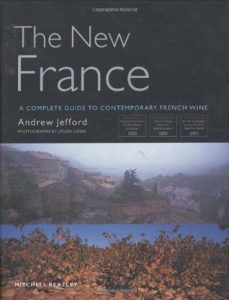
This comprehensive guide to France’s wine-producing regions leaves no stone unturned. It gives you the complete low-down on French wine through detailed, fun, and informative chapters. Each chapter consists of general overviews, history, characteristics, wineries, and the winemakers of each region.
Some explanations are quite lengthy, while others are brief. However, Jefford has made sure to mention the phone number and address of each winery, making it an extremely handy guidebook and one of the best books on French wine.
Far From Encyclopedic
It may seem like Jefford has bombarded his readers with copious information, but he makes it enjoyable with his refreshing opinions, anecdotes, and metaphors. Even the driest and basic information has been explained with creativity and uniqueness. For example, Jefford compares Burgundy with completing multiple crossword puzzles and refers to the Loire Valley as a region undergoing the agony of a refined Stone Age.
Jefford has also included an array of maps, illustrations, and photographs of winemakers, wineries, and their regions, making the book even more interesting. To top it all, he has meticulously included a list of vintages. If you’re looking for a fascinating read on France’s wine-producing regions, don’t miss Andrew Jefford’s The New France.
From Vines to Wines

Growing grapes and making wine has never been this easy, especially with his vivid illustrations, graphs, and calculations.
What You’ll Learn
Cox efficiently explains each step of the wine-growing and winemaking process. His illustrations are also extremely helpful not only for beginners but for professionals as well. Moreover, Cox meticulously provides readers with the history and science of wine and grape varietals, making it clear that winemaking is his passion.
Cox breaks down the difficult steps and makes them easier to understand through his drawings and calculations. For example, he shows his readers how much space they’ll need to grow grapes using his calculations, making the process a lot easier rather than just throwing some numbers onto a page.
Here are other things you will learn through this book:
Constructing a hardy and useful trellising system.
Preparing a vineyard site.
Planting, pruning, and harvesting grapes based on your region’s climate.
Fermenting, pressing, aging, and bottling the wine you produce.
Critiquing your wine on taste, body, aroma, color, and clarity.
The Sommelier Prep Course: An Introduction to The Wines, Beers, and Spirits of the World
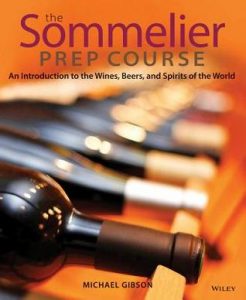
It also includes wine terminology, pronunciation guides, questions, wine labels, and maps — information that can help budding sommeliers ace their sommelier certification examinations.
Extremely Informative Yet Concise
Gibson uses an easily understood writing style and covers the history, varieties available, together with pairing and tasting information for each beverage. The book also has multiple sections on storage, wine list preparation, and service.
The Sommelier Prep Course is often used as a reference book by aspiring sommeliers, students, and bartenders. It is an exhaustive guide for people taking The Court of Master Sommeliers certification exam, The International Sommelier Guild, or The Society of Wine Educators, making it one of the best wine education books.
Final Thoughts
There is a sea of information available on grape growing and winemaking. Mastering this art may not be an easy process, but the journey to getting there can be enjoyable and satisfying, not to mention delectable.
This list of the 10 best books on wine can help you select one that suits your needs and is to your liking! So, when you’ve decided on the right one for you, sit back and enjoy, both the book and your favorite glass of wine.

